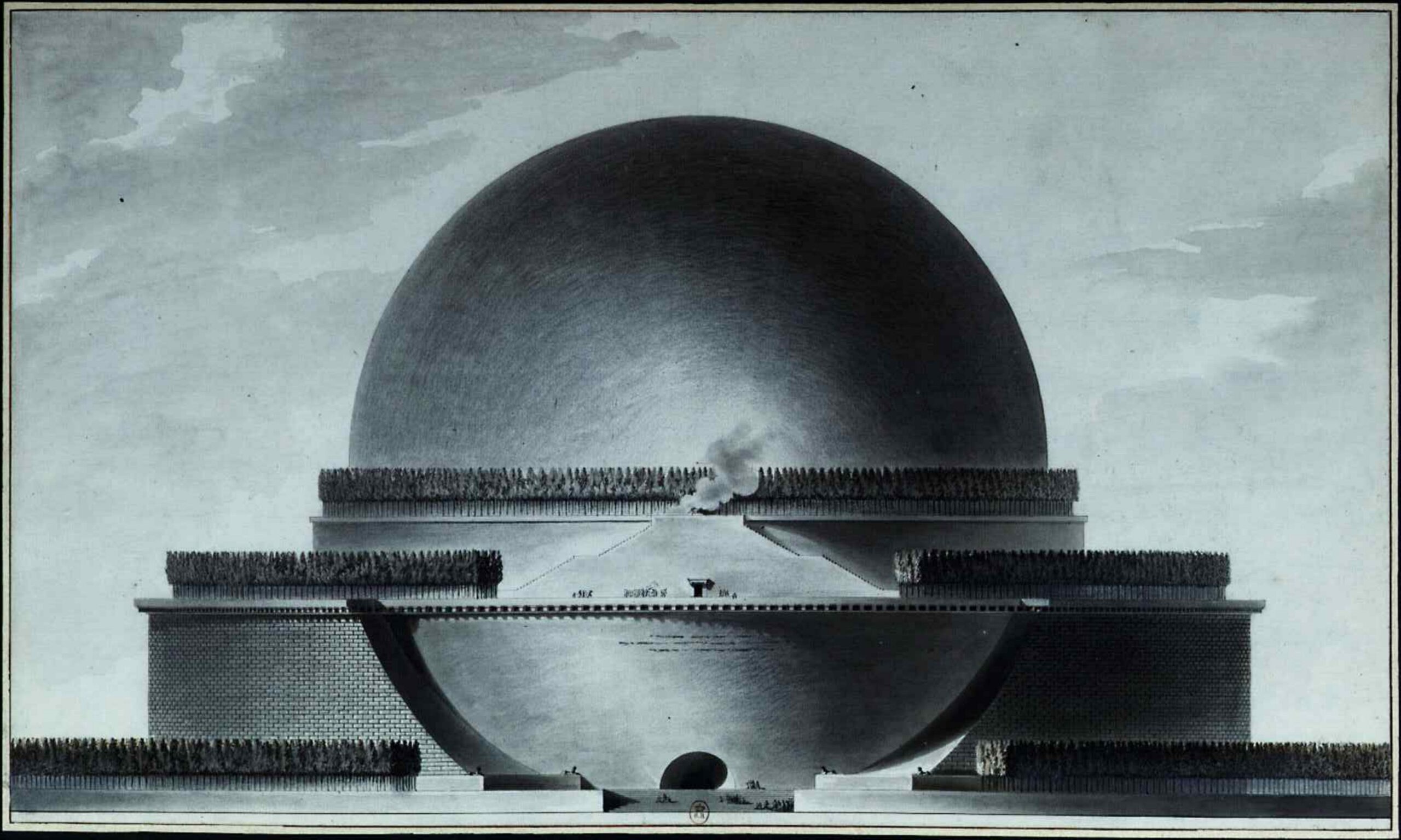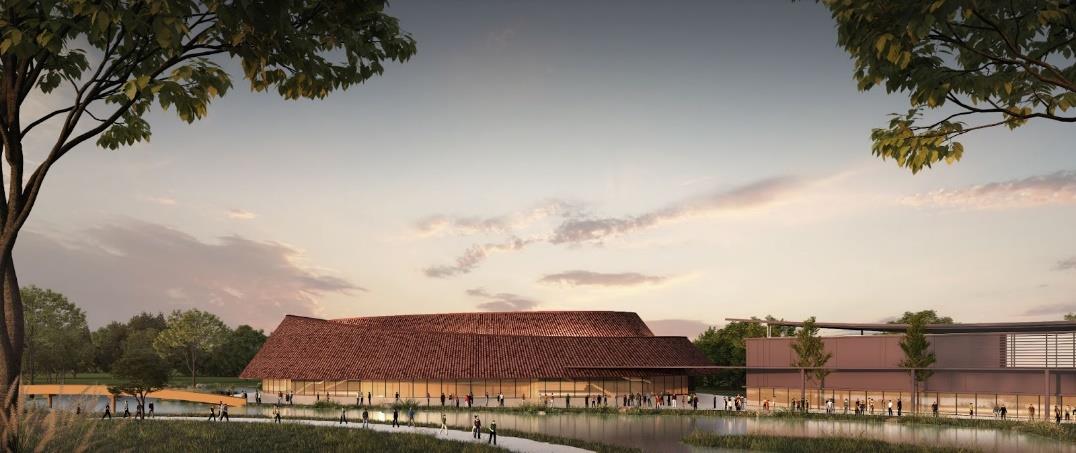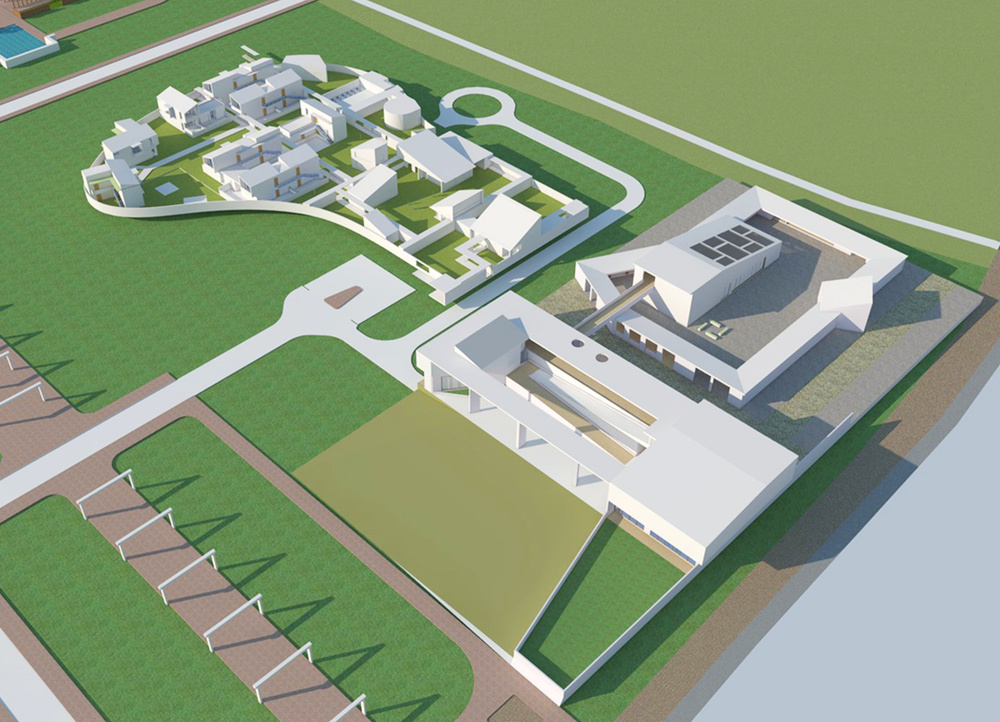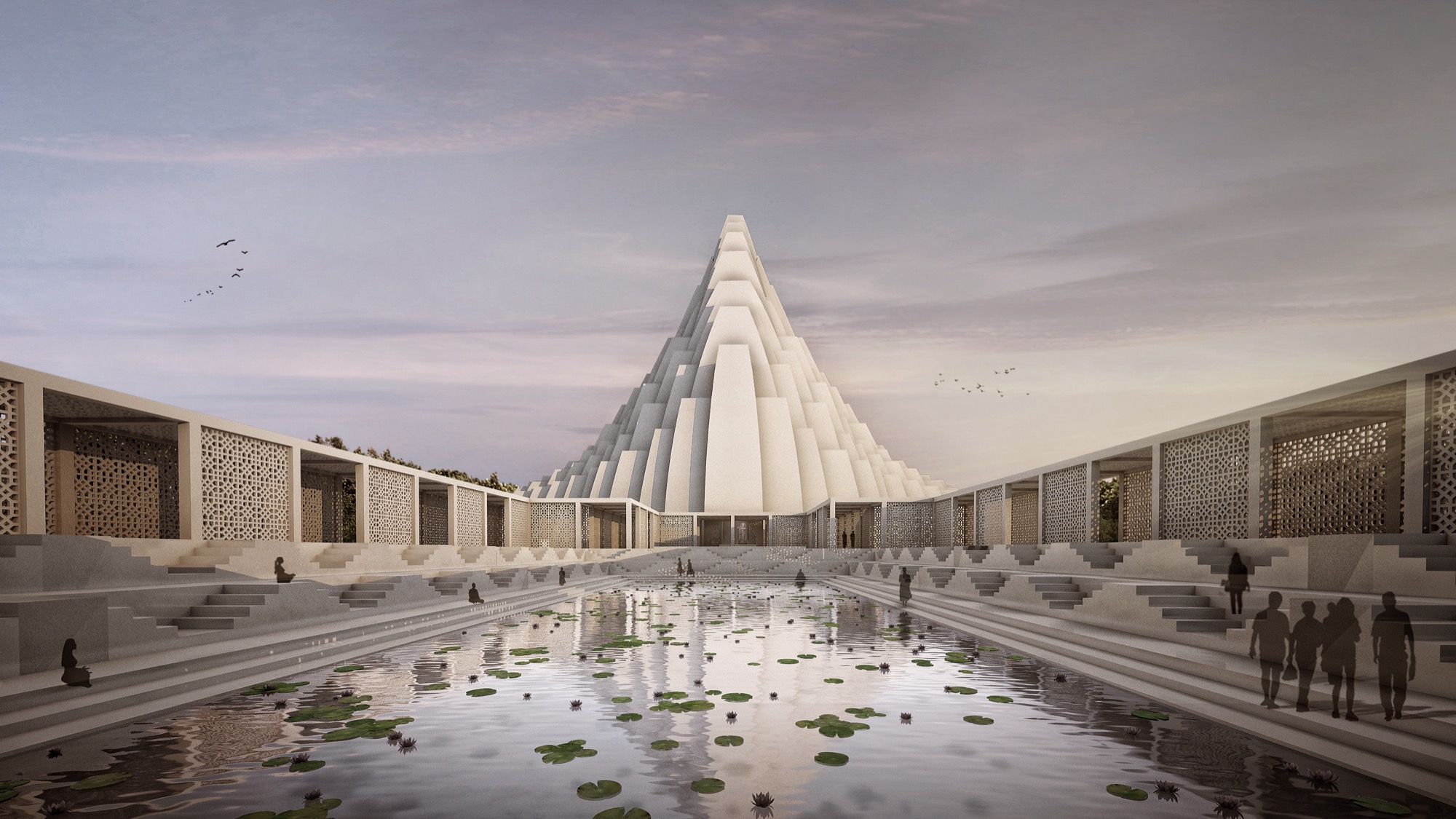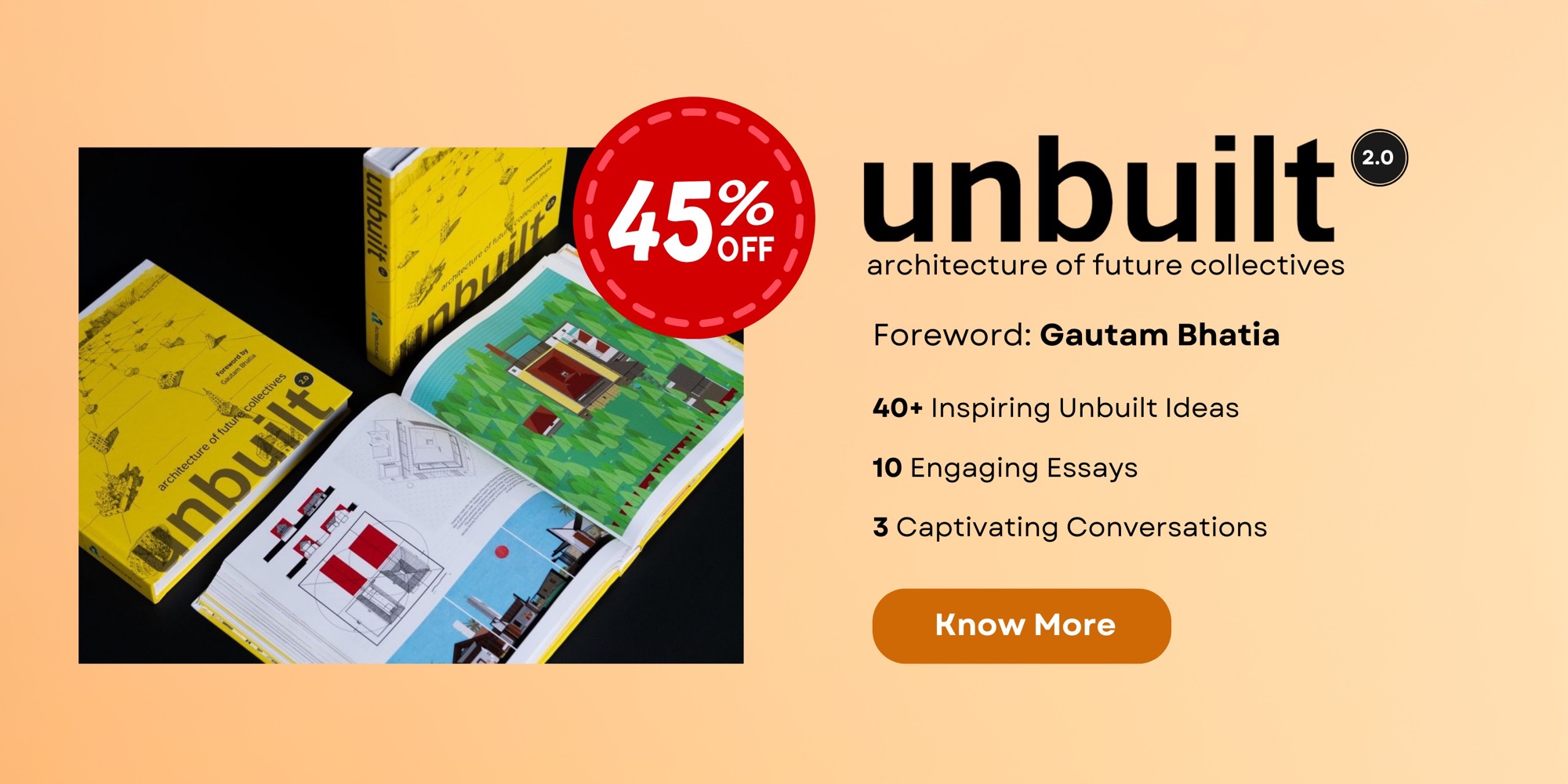
“Roots of Democracy”- The Prime Minister’s Museum | PM Museum
Democracy must be best understood by the people that assist in serving in the governance of it. We thus feel that the office of the prime minister must be the strongest foundation for a country’s building blocks.
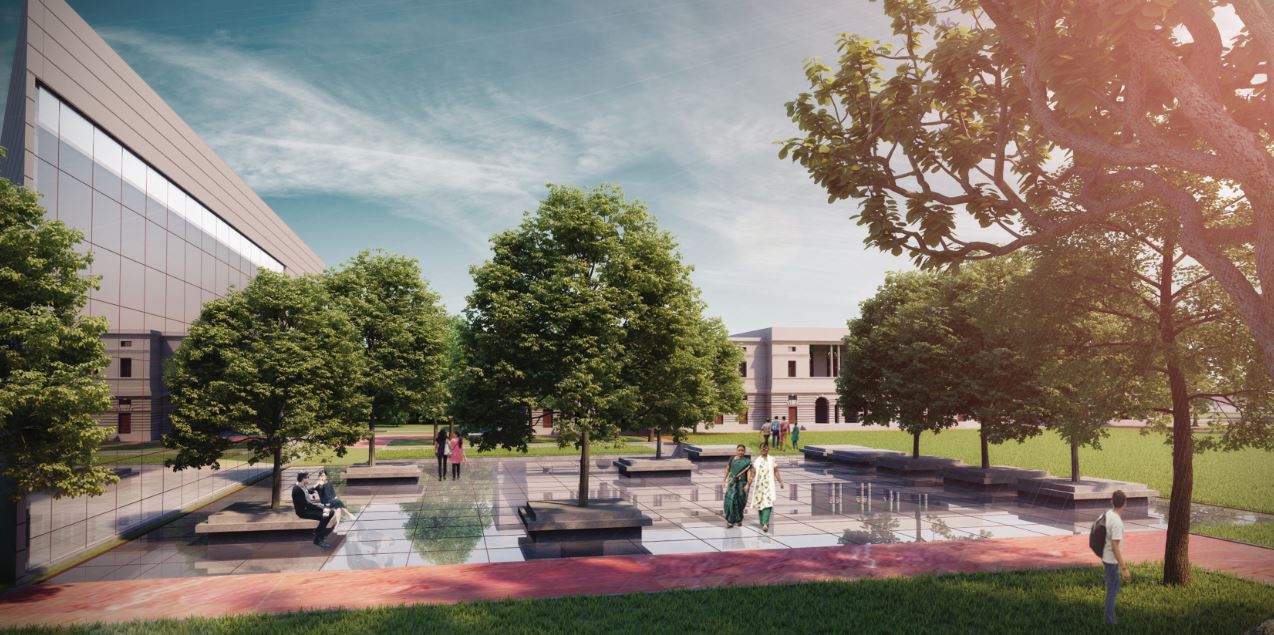
They need to be the ‘roots of democracy’ for the state. The museum primarily has two obligations;
- One- to celebrate the scale of Indian democracy; it should be able to explain the complexities and contradictions that co-exist in this electorally equal state.
- Two- one must understand the office of the prime minister. their quality and quantity of work that then reflects their ability to change, move and develop.
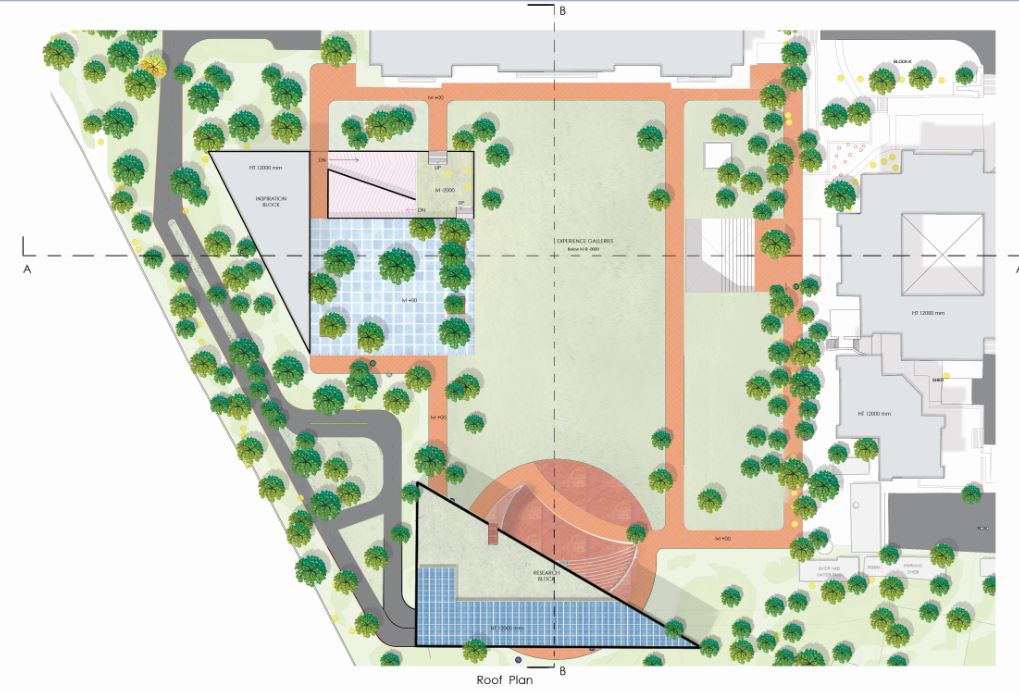
And somewhere between these two, one should get the flavour of the reality and the realness of the human, just another citizen, who takes the prime responsibility of serving the nation and their ministers. To us, this is the intent of this museum.
There are two more tangible functions of this museum as stated in the brief:
- One is the display and description of the life and times of these individuals across various filters and times so people are better informed.
- Two, this becomes a resource for various studies and research into this realm of prime ministers, their office, and this large Indian democracy.
We took this program as an opportunity to engage and entertain people and then inform them of the above motivations behind the project. We also look at this as a modern public place, a public park, and a public forum for the city and its people. The museum does not prefer to remain just a repository of frozen inanimate moments of the past but be an active participant in the dynamics of Indian democracy. The ecosystem of the site makes for public participation almost around the clock-children at the planetarium that opens early, visitors engaged in the museum that closes late, researchers interacting and disseminating information on weekends, readers engrossed in books in the library on weekdays, citizens at the cafeteria or in the green shaded spaces at all times and so it goes on.

Last but not least, the place becomes an icon and symbol for all dignitaries of our country for times to come, giving them an interesting insight into India. A contemporary museum building complex that provides for posterity, the accounts of the continued thread of leadership, initiatives and sacrifices that have helped shape our nation.


Permanent and temporary exhibition spaces Orientation space, seminar halls for organizing talks/lectures, an auditorium for screening documentaries and films, meeting/break-out rooms, adequate space to function as assembly points for groups, workshop areas, library, documentation room, laboratory, and archive area for research-oriented activities.
Design brief as per NIT
Concept Note
The design celebrates the trees in their form and as a metaphor. No trees have been cut which simply integrates nature and science. The roots of democracy signify the prime minister’s and the roots being preserved exaggerates as a part of space making. One meets the roots literally and the trees grow as part of the program.
The main axis of the research block aspires to shift its focus from the president’s palace to the people’s parliament. This shift of axis is a gesture which indicates the need to rethink governance as a service, a move from the ‘former viceroy’s house to the domain of democracy’
Concept
Drawings
Greens building:















































